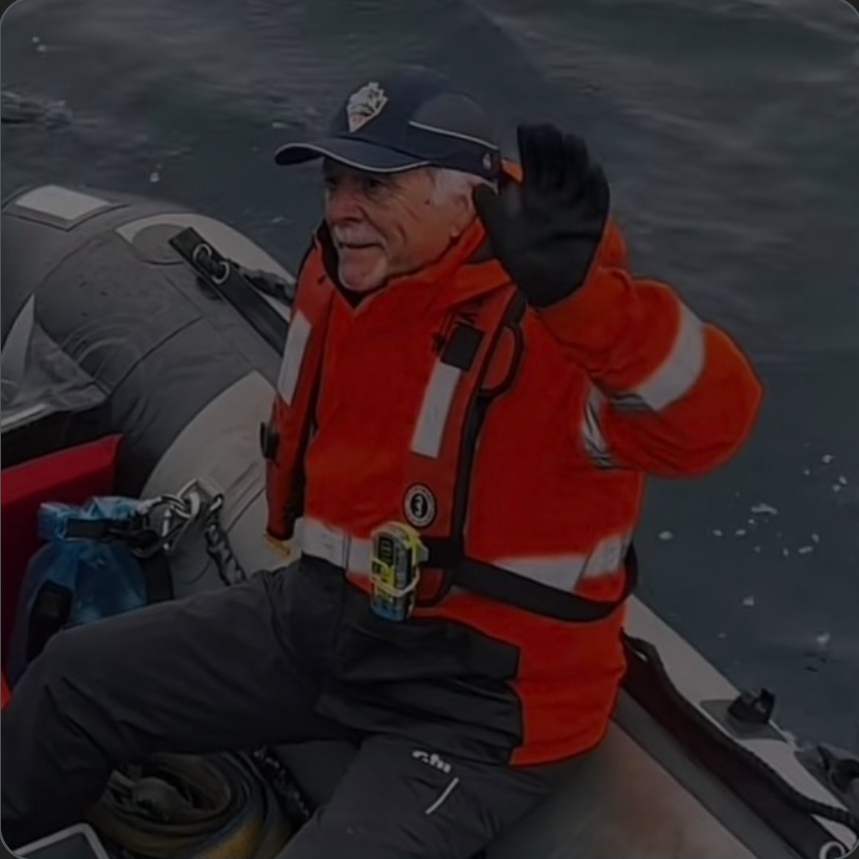New developments emerged in the tragic incident involving the Titan submersible, which had imploded during its mission to explore the Titanic wreckage site on June 18 of the same year, claiming the lives of all five passengers on board. The United States Coast Guard continues to investigate this devastating event.
The Coast Guard provided a recent update on the investigation, sharing significant news. On October 4, marine safety engineers from the Coast Guard’s Marine Board of Investigation (MBI) successfully recovered and transferred the remaining debris and evidence from the Titan submersible located on the North Atlantic Ocean seafloor. This operation followed their initial recovery efforts carried out in late June.

The salvage mission was conducted under a pre-existing agreement with the U.S. Navy Supervisor of Salvage & Diving. Additionally, investigators from the U.S. National Transportation Safety Board (NTSB) and the Transportation Safety Board of Canada joined the operation on October 4. The recovered evidence has been transported to a U.S. port for cataloging and analysis, paralleling the process conducted with evidence recovered in June. Notably, they have discovered more presumed human remains, currently under analysis by medical professionals.
The MBI is collaborating with the NTSB and international investigative agencies to schedule a joint evidence review of the Titan debris, which will help determine the next steps for necessary forensic testing. They remain committed to further evidence analysis and interviews.
This successful recovery mission is the second by the Coast Guard, the first being completed on June 28, a mere ten days after the submersible was reported missing. During the initial recovery, the Coast Guard confirmed the retrieval of ‘presumed human remains,’ emphasizing the careful extraction of these remains from the wreckage at the incident site. The debris and evidence were then transported from Canada to the United States for in-depth testing, evaluation, and analysis.

The Titan submersible, owned and operated by OceanGate Expeditions, was designed to plunge more than 13,000 feet below the Earth’s surface and withstand extreme pressure. Its mission was to explore the Titanic wreckage, which rests approximately 2.5 miles beneath the ocean’s surface. Tragically, it lost contact with its operator just two hours after submerging, despite having a 96-hour oxygen supply.
The five passengers on board the Titan were Hamish Harding, Shahzada Dawood, Suleman Dawood, Paul-Henri Nargeolet, and Stockton Rush. These individuals were passionate explorers dedicated to oceanic discovery. OceanGate expressed deep sorrow over their loss and extended their condolences to the families of the deceased.
In June, both OceanGate and the Coast Guard concluded that all five passengers had likely perished, citing a debris field consistent with a catastrophic implosion of the submersible. The Coast Guard initiated their first recovery mission six days later, commencing a heartbreaking chapter in this tragedy.


